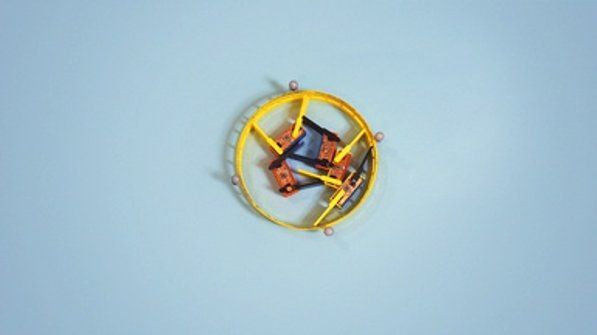Summary: Cancer immunotherapy treatments and other approaches to cure nearly all cancers within 8 years says Dr. Gilliland, a prominent cancer research head. [This article first appeared on LongevityFacts. Author: Brady Hartman. ]
Gary Gilliland, M.D., Ph.D. is the President and Director, Fred Hutchinson Cancer Research Center and in an opinion piece published at the beginning of this month, writes.
“I’ve gone on record to say that by 2025, cancer researchers will have developed curative therapeutic approaches for most if not all cancers.”







